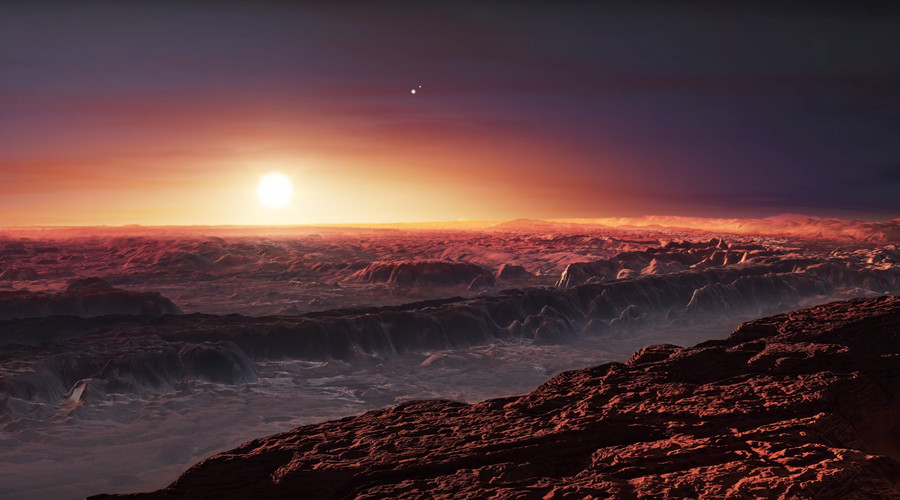‘Proxima B Is Nowhere Similar To Earth’, Says Scientists
The existence of aliens is always a fascinating subject to us. It started with flying saucers, the fictional thread of assumptions we built till now is beyond our imagination. Scientists are doing their best in tracing the much intriguing aliens.
In this process, somehow, NASA discovered an Earth-size planet Proxima B, located in the habitable zone of our nearest star outside the solar system, barely four light years away. However, the recent sources claim that it may not have the potential to host life as it is unable to keep a grip on its atmosphere.
Proxima’s incapability in covering its atmosphere left the surface exposed to harmful stellar radiation that resulted in the reduction of the planet’s potential for habitability.
To study the features of the planets, scientists used computer models to understand whether the exoplanet is habitable. One such model considered what would happen if Earth orbited Proxima Centauri, our nearest stellar neighbor, and Proxima B’s host star, at the same orbit.
In the recent study published in The Astrophysical Journal Letters, it is mentioned that the Earth’s atmosphere would not survive in close proximity to the violent red dwarf.

Katherine Garcia-Sage, a space scientist at NASA’s Goddard Space Flight Center in the US said, “We decided to take the only habitable planet we know of so far – Earth – and put it where Proxima b is.”
On the top of everything, atmospheres are essential for life as we know it: Having the right atmosphere allows for climate regulation, the maintenance of a water-friendly surface pressure, shielding from hazardous space weather, and the housing of life’s chemical building blocks. The computer model used Earth’s atmosphere, magnetic field, and gravity as proxies for Proxima’s.
Experts also calculated how much radiation Proxima Centauri produces on average, based on observations from NASA’s Chandra X-ray Observatory. With these data, their model simulates how the host star’s intense radiation and frequent flaring effect the exoplanet’s atmosphere.
Technically, an active red dwarf star like Proxima Centauri strips away atmosphere when high-energy extreme ultraviolet radiation ionizes atmospheric gases, knocking off electrons and producing a swath of electrically charged particles. In this process, the newly formed electrons gain enough energy that they can readily escape the planet’s gravity and race out of the atmosphere. Opposite charges attract, so as more negatively charged electrons leave the atmosphere, they create a powerful charge separation that pulls positively charged ions along with them, out into space subsequently.
It is believed that Proxima b encounters bouts of extreme ultraviolet radiation hundreds of times greater than Earth does from the Sun, this radiation generates enough energy to strip away not just the lightest molecules like hydrogen but also, over time, heavier elements such as nitrogen and oxygen.
Related Article: NASA Unveils Enigmatic Pictures Of The Giant Antarctic Iceberg